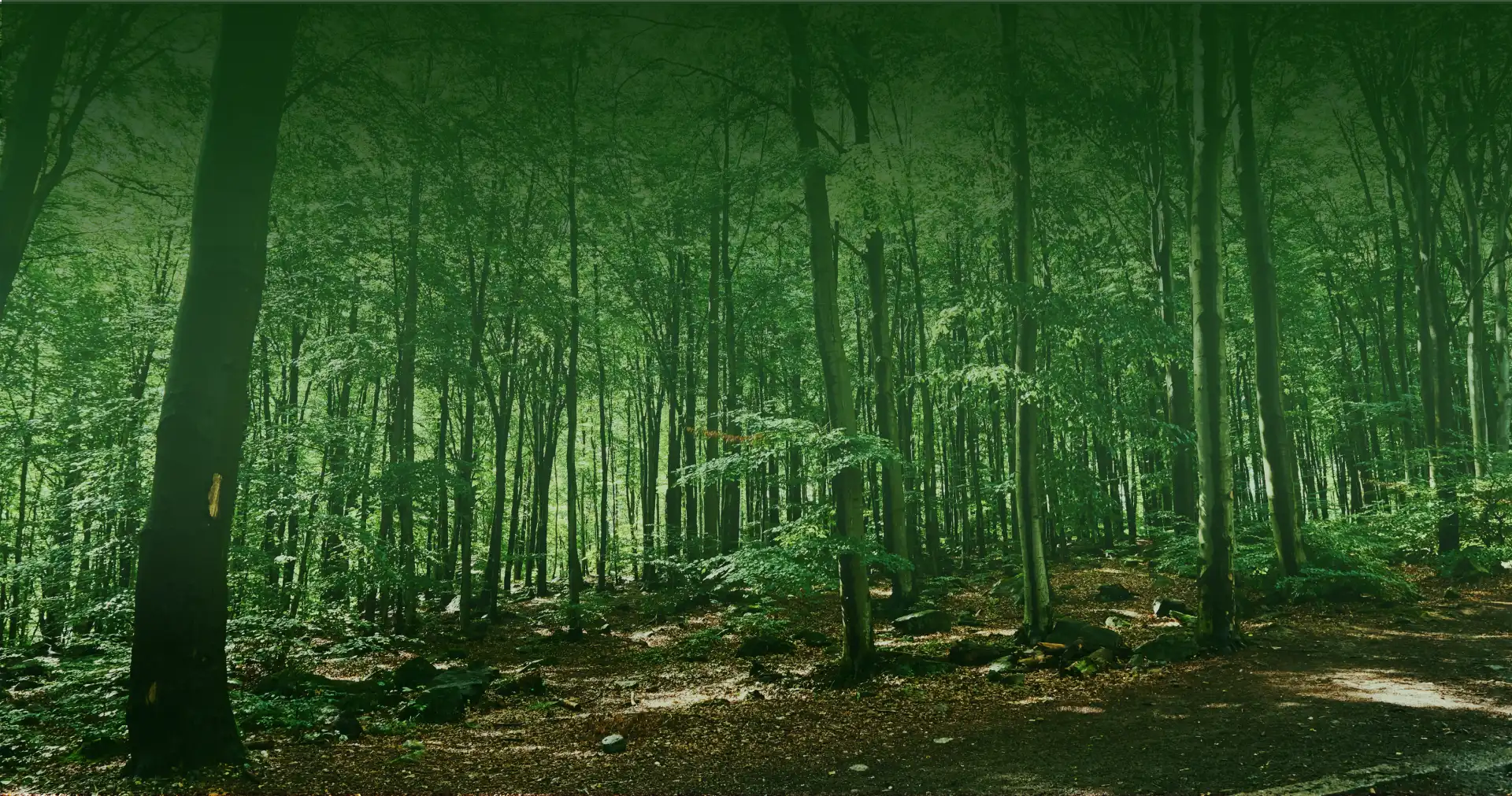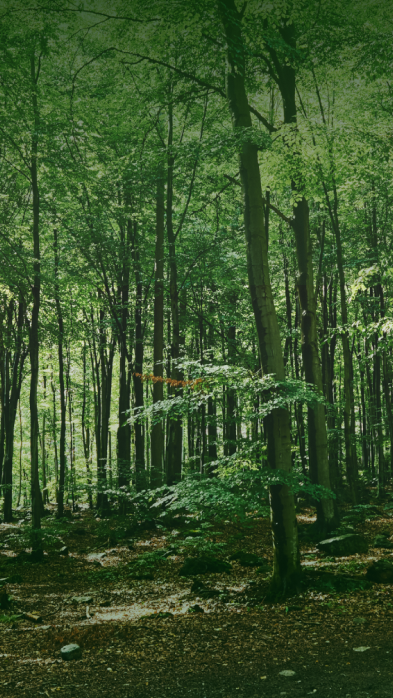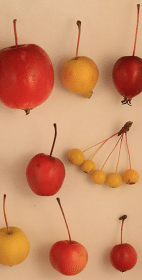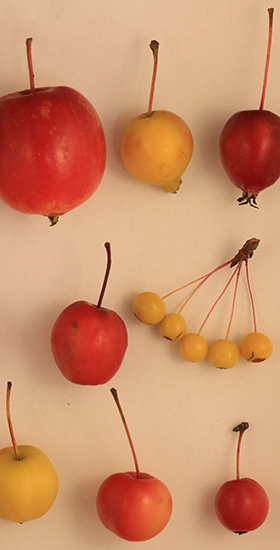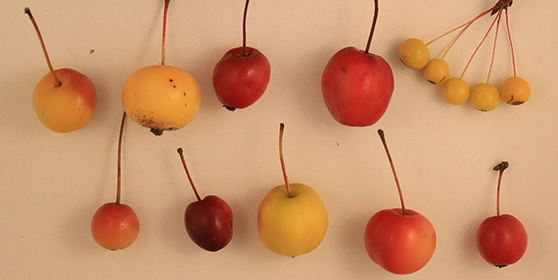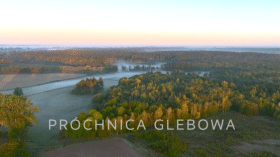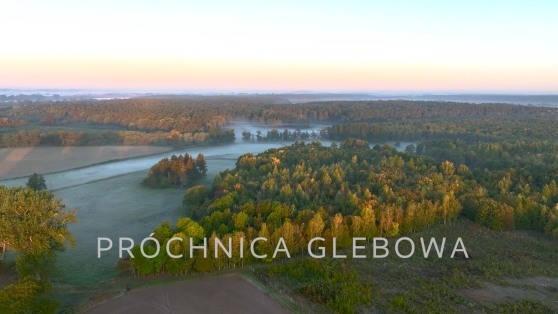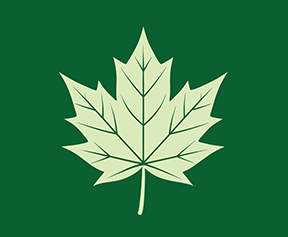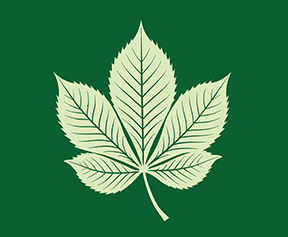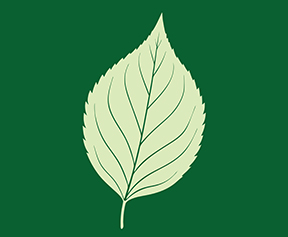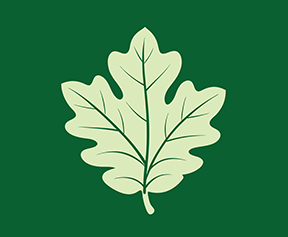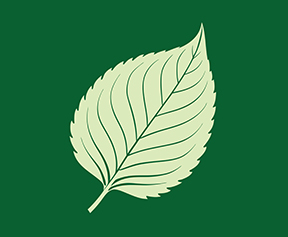Abstract:
Three elm species are native to Poland: wych elm (Scots elm) (Ulmus glabra Huds.), field elm (U. minor Mill.), and European white elm (fluttering elm) (U. laevis Pall.). The epidemic of Dutch elm disease (DED) has led to a decrease in the popularity of elm cultivation. An analysis of forestry data was the first step in the assessment of elm resources. The area of forest stands where elms are dominant has more than doubled since 1978. Lowland alluvial forests rank first in regards to the number of elm localities per unit area of a given forest site type. While this site type is clearly preferred by elms, the majority of elm trees are actually scattered among sites of oak-hornbeam or closely related forests (of the alliance Carpinion betuli). Field research revealed a clear dominance of U. laevis, a species which in the past was predominantly located out of woodland and rarely cultivated. Data analysis indicated that all trees greater than 70 cm in diameter belonged to this species. Data from plots surveyed directly also suggest that the three elm species have slightly different habitat preferences. U. laevis prefers riparian habitats, although the major part of its resources is now on potential sites of oak-hornbeam or closely related forests. U. minor even more often than U. laevis occurs at less humid sites (mostly potential sites of oak-hornbeam or closely related forests), while U. glabra prefers moist slopes. In general, it appears that the impact of DED in the last 20–30 years has been smaller than in the preceding period, however, the disappearance of the disease has not been established. Undoubtedly, U. laevis is the elm species that is least impacted by DED.
Keywords: Ulmus glabra, Ulmus minor, Ulmus laevis, Dutch elm disease, alluvial forests









